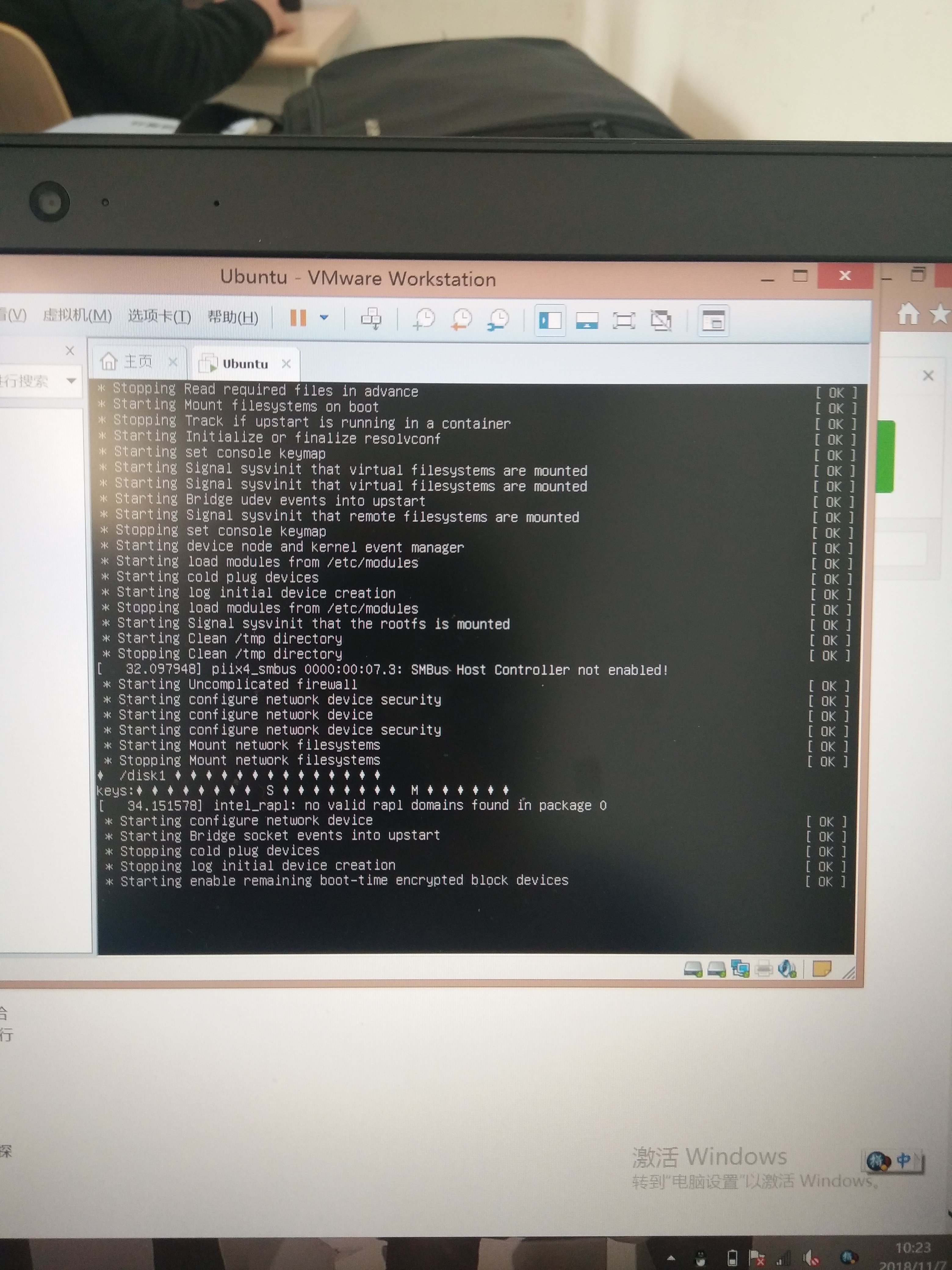可以将文章内容翻译成中文,广告屏蔽插件可能会导致该功能失效(如失效,请关闭广告屏蔽插件后再试):
问题:
I have a button like the following,
<asp:Button ID="pagerLeftButton" runat="server" OnClientClick="disable(this)" onclick="pager_Left_Click" Text="<" />
When I use my button like that, onclick is not firing. When I remove OnClientClick, then onclick is firing.
What I need to do is, disable the button during the postback and enable it after the postback ends.
Edit: Additional information:
I added break point to my firing functions is c# part and I am debugging, they are not firing for sure. Those functions are like
protected void pager_Left_Click(object sender, EventArgs e)
{
//Do smthing.
}
protected void pager_Right_Click(object sender, EventArgs e)
{
//Do smthing.
}
and when I click my button, it is disabled for 1-2 seconds and automatically enabled, but I am not sure why it is enabled. I didn't add any part for it to be enabled again.
回答1:
From this article on web.archive.org :
The trick is to use the OnClientClick and UseSubmitBehavior properties of the button control. There are other methods, involving code on the server side to add attributes, but I think the simplicity of doing it this way is much more attractive:
<asp:Button runat="server" ID="BtnSubmit" OnClientClick="this.disabled = true; this.value = 'Submitting...';" UseSubmitBehavior="false" OnClick="BtnSubmit_Click" Text="Submit Me!" />
OnClientClick allows you to add client side OnClick script. In this case, the JavaScript will disable the button element and change its text value to a progress message. When the postback completes, the newly rendered page will revert the button back its initial state without any additional work.
The one pitfall that comes with disabling a submit button on the client side is that it will cancel the browser’s submit, and thus the postback. Setting the UseSubmitBehavior property to false tells .NET to inject the necessary client script to fire the postback anyway, instead of relying on the browser’s form submission behavior. In this case, the code it injects would be:
__doPostBack('BtnSubmit','')
This is added to the end of our OnClientClick code, giving us this rendered HTML:
<input type="button" name="BtnSubmit" onclick="this.disabled = true; this.value ='Submitting...';__doPostBack('BtnSubmit','')" value="Submit Me!" id="BtnSubmit" />
This gives a nice button disable effect and processing text, while the postback completes.
回答2:
OnClientClick seems to be very picky when used with OnClick.
I tried unsuccessfully with the following use cases:
OnClientClick="return ValidateSearch();"
OnClientClick="if(ValidateSearch()) return true;"
OnClientClick="ValidateSearch();"
But they did not work. The following worked:
<asp:Button ID="keywordSearch" runat="server" Text="Search" TabIndex="1"
OnClick="keywordSearch_Click"
OnClientClick="if (!ValidateSearch()) { return false;};" />
回答3:
Vinay (above) gave an effective work-around. What's actually causing the button's OnClick event to not work following the OnClientClick event function is that MS has defined it where, once the button is disabled (in the function called by the OnClientClick event), the button "honors" this by not trying to complete the button's activity by calling the OnClick event's defined method.
I struggled several hours trying to figure this out. Once I removed the statement to disable the submit button (that was inside the OnClientClick function), the OnClick method was called with no further problem.
Microsoft, if you're listening, once the button is clicked it should complete it's assigned activity even if it is disabled part of the way through this activity. As long as it is not disabled when it is clicked, it should complete all assigned methods.
回答4:
There are two issues here:
Disabling the button on the client side prevents the postback
To overcome this, disable the button after the JavaScript onclick event. An easy way to do this is to use setTimeout as suggested by this answer.
Also, the OnClientClick code runs even if ASP.NET validation fails, so it's probably a good idea to add a check for Page_IsValid. This ensures that the button will not be disabled if validation fails.
OnClientClick="(function(button) { setTimeout(function () { if (Page_IsValid) button.disabled = true; }, 0); })(this);"
It's neater to put all of this JavaScript code in its own function as the question shows:
OnClientClick="disable(this);"
function disable(button) {
setTimeout(function () {
if (Page_IsValid)
button.disabled = true;
}, 0);
}
Disabling the button on the client side doesn't disable it on the server side
To overcome this, disable the button on the server side. For example, in the OnClick event handler:
OnClick="Button1_Click"
protected void Button1_Click(object sender, EventArgs e)
{
((Button)sender).Enabled = false;
}
Lastly, keep in mind that preventing duplicate button presses doesn't prevent two different users from submitting the same data at the same time. Make sure to account for that on the server side.
回答5:
What if you don't immediately set the button to disabled, but delay that through setTimeout?
Your 'disable' function would return and the submit would continue.
回答6:
Your JavaScript is fine, unless you have other scripts running on this page which may corrupt everything. You may check this using Firebug.
I've now tested a bit and it really seems that ASP.net ignores disabled controls. Basically the postback is issued, but probably the framework ignores such events since it "assumes" that a disabled button cannot raise any postback and so it ignores possibly attached handlers. Now this is just my personal reasoning, one could use Reflector to check this in more depth.
As a solution you could really try to do the disabling at a later point, basically you delay the control.disabled = "disabled" call using a JavaTimer or some other functionality. In this way 1st the postback to the server is issued before the control is being disabled by the JavaScript function. Didn't test this but it could work
回答7:
function UpdateClick(btn) {
for (i = 0; i < Page_Validators.length; i++) {
ValidatorValidate(Page_Validators[i]);
if (Page_Validators[i].isvalid == false)
return false;
}
btn.disabled = 'false';
btn.value = 'Please Wait...';
return true;
}




